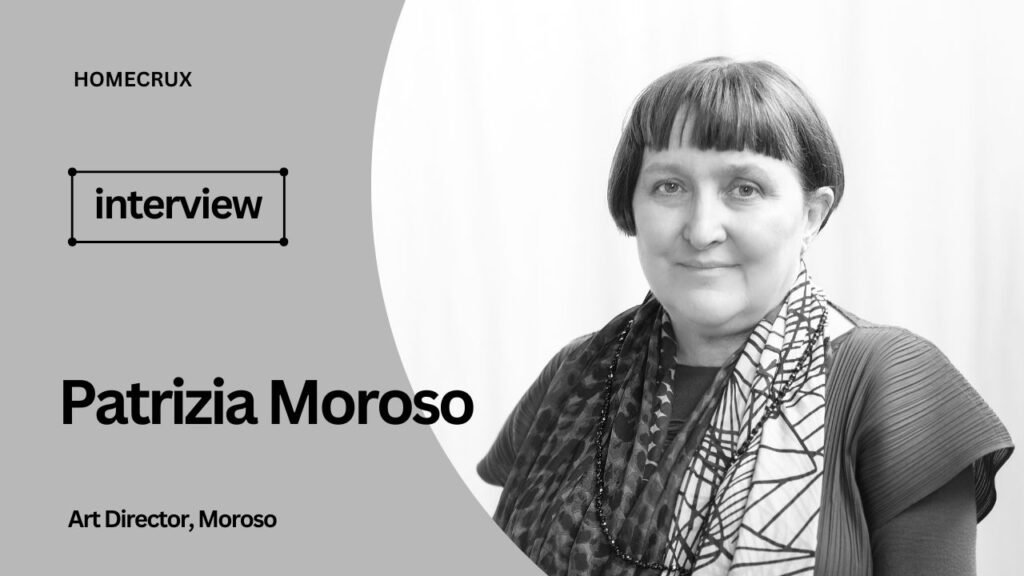Patrizia Moroso, now a face of the family-owned Italian furniture brand Moroso, wanted to be an art curator or work at a museum. However, fate had something else in store. In the beginning of the 1980s, Moroso was called back home to help with family business amidst the political and economic unrest in Italy. Consequently, Patrizia Moroso became part of the family business.
She started her journey by collaborating with a friend, a student of architecture, now-renowned Italian architect and designer Massimo Iosa Ghini. In the late 1980s, during the brand’s transition into high-end designer furniture, Ghini infused their collaborative furniture collection with avant-garde and expressive design, moving away from traditional forms. The collection was a success and presented the contemporary design landscape with something fresh. Patrizia felt it was a great idea to start with someone young and a friend no less. This was a unique experience for her. It became the defining moment and the beginning of Patrizia’s career as the art director of the company.
Patrizia for Moroso, then collaborated with designer friends from different cultural backgrounds. British-Israeli industrial designer Ron Arad and Japanese furniture and product designer Toshiyuki Kita were some of the initial names Patrizia partnered with for unique collections infused with cultural ethos. Her initial work with young designers laid the foundation for her future work at Moroso.
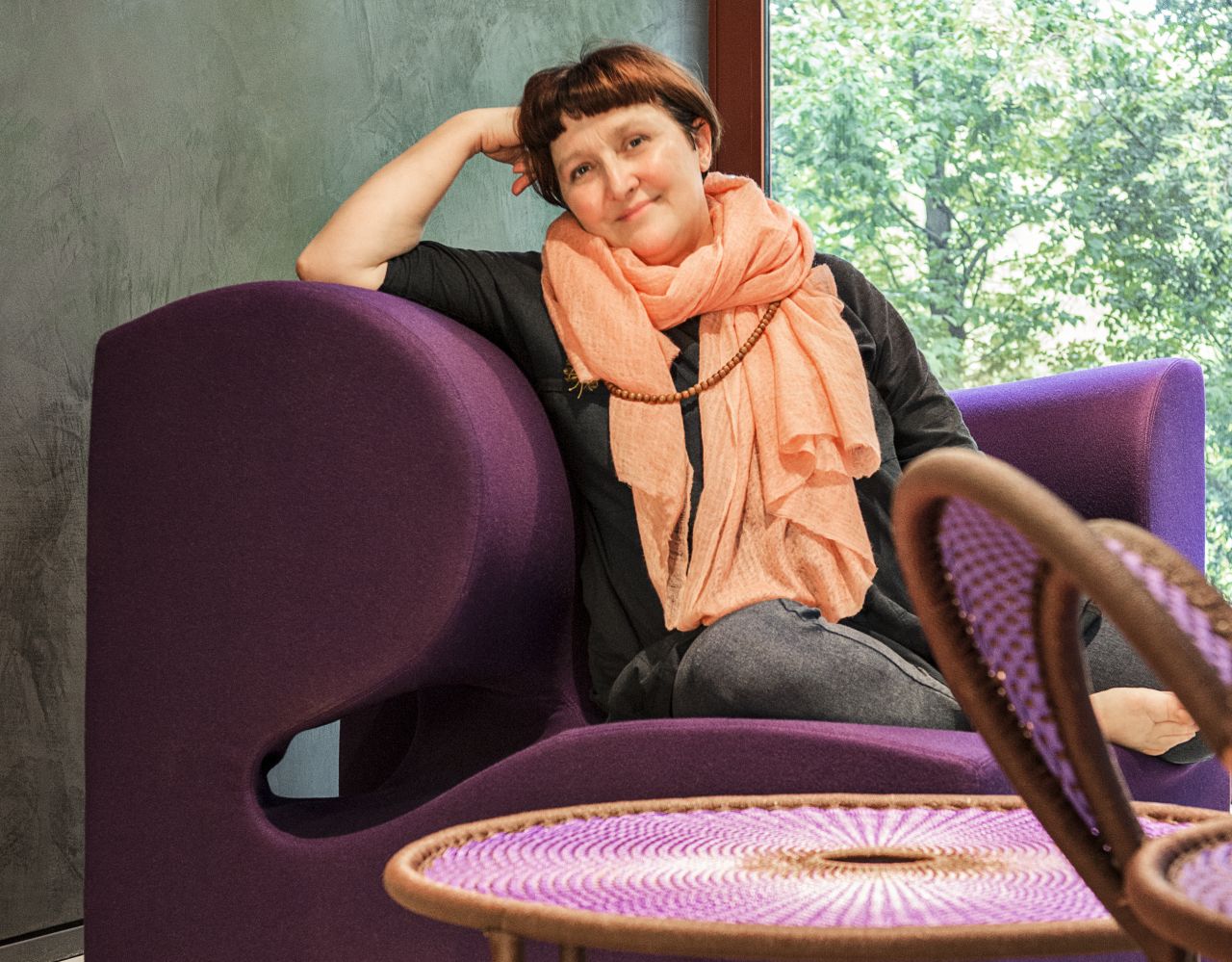
Design and Diversity
When I asked Patrizia if she wanted to be part of the family business, she answered, “I was imagining another future for me. But then what I discovered working in the company was the destiny waiting for me… What I am doing in the company is more or less what I could do in a gallery or in a museum.” Patrizia believes in giving “possibilities to the creative people to realize something that is interesting, important to be developed.” She believes it is what she would be doing as a curator with the artists in a museum or a gallery.
Shining a light on the design ethos of her family legacy, Patrizia shares that Moroso has always been open to experimenting with new and novel ideas to imagine ways to fill the space around us. For her, design is a powerful tool to communicate. It impacts our lifestyle, our homes, and everything around us. Finding what is missing from the design landscape and creating something unique to fill that gap is one of Moroso’s design philosophies. “It is important to imagine something that we are missing or is missing in the world of design,” Patrizia says.
Since Patrizia collaborates with designers often, she looks for possibilities of ideas around. She says that since every individual has different tastes and styles with different passions, it is important to create diverse things that cater to the cultural and functional diversity equally. Moroso also tries to preserve a part of cultural ethos of each designer in their work to strengthen this relation between design and diversity.
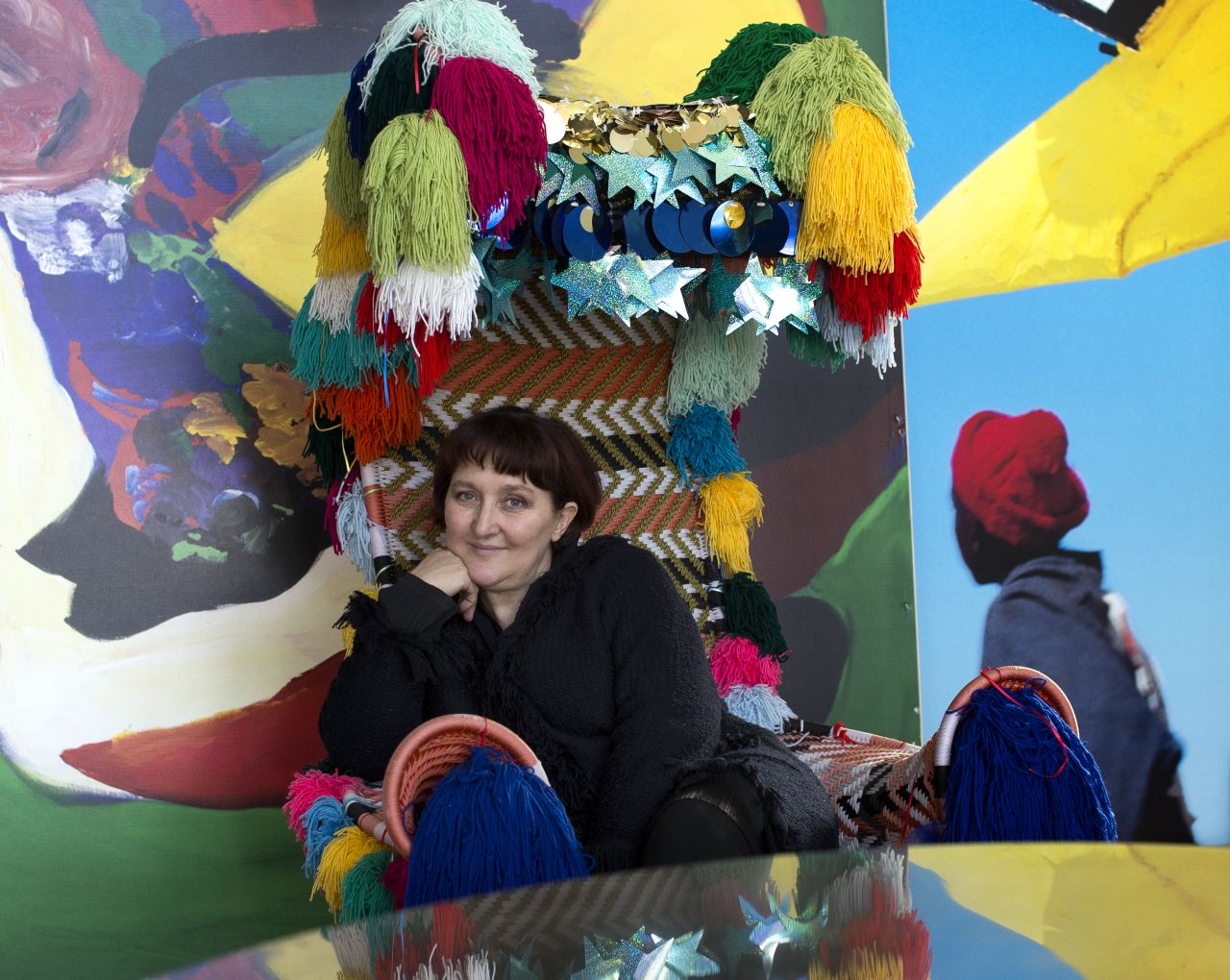
Italian Culture and Close-Knit Work Relations
Patrizia’s Italian heritage impacts the work of her brand significantly. “Italy is the protagonist of the developing of design,” says Patrizia. She informs us that her parents (at 16 and 20 years old) started Moroso in 1952 during the economic depression after World War II. Italy, at that time, was birthing many small companies like Moroso, imbued with craftsmanship and culture. While many people migrated to the Americas and Australia to get a new start after the destruction of war, Patrizia’s parents stayed and honed their craftsmanship to establish their company with the help of friends and family.
She remembers her early childhood when people worked and crafted furniture together. That was, for her, the beginning of the Italian phenomenon in design that took the world by storm in the sixties when companies grew bigger and established foothold on the global design platform with young designers and architects. She believes that Italian design is built upon a strong relationship between the owners of the companies and designers and architects.
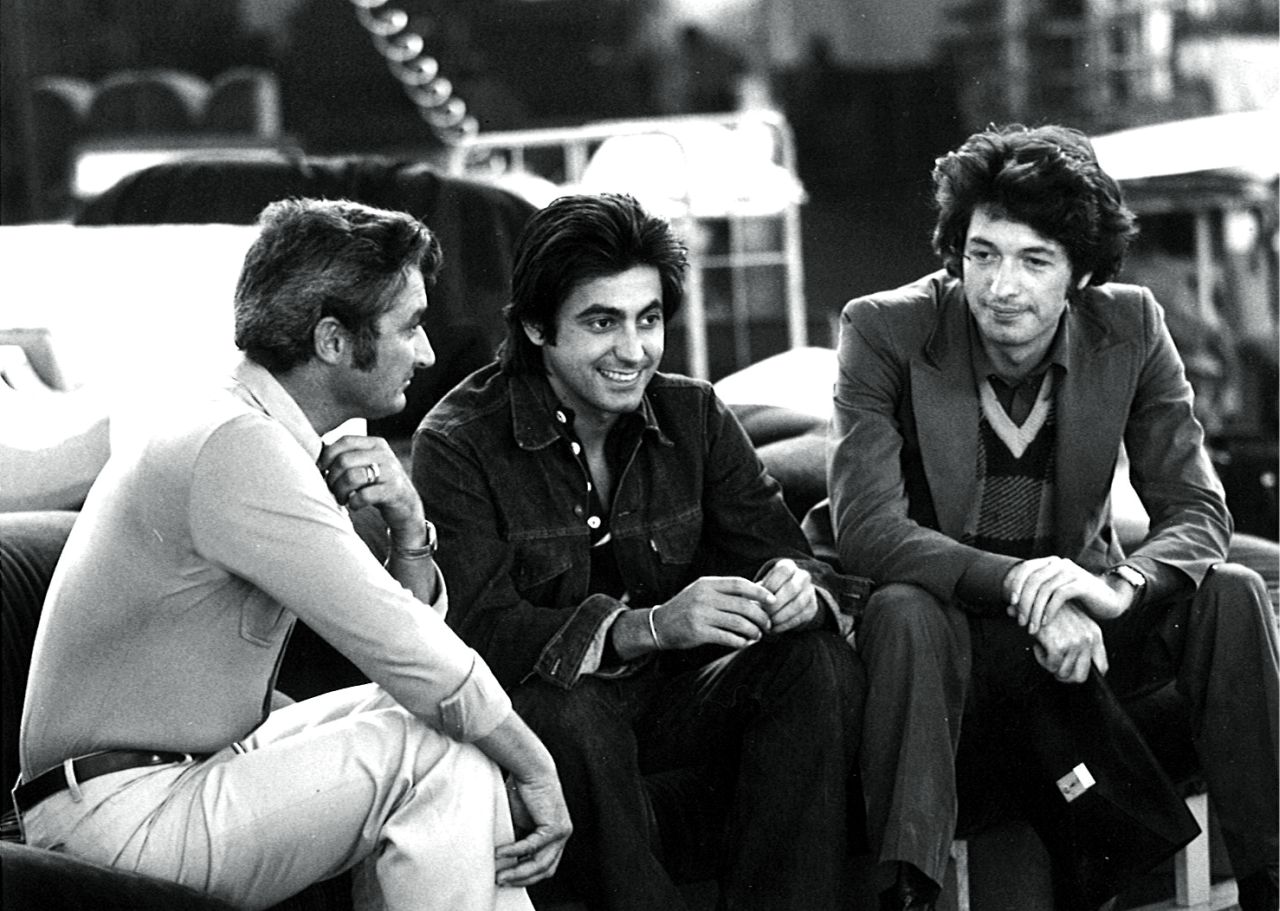
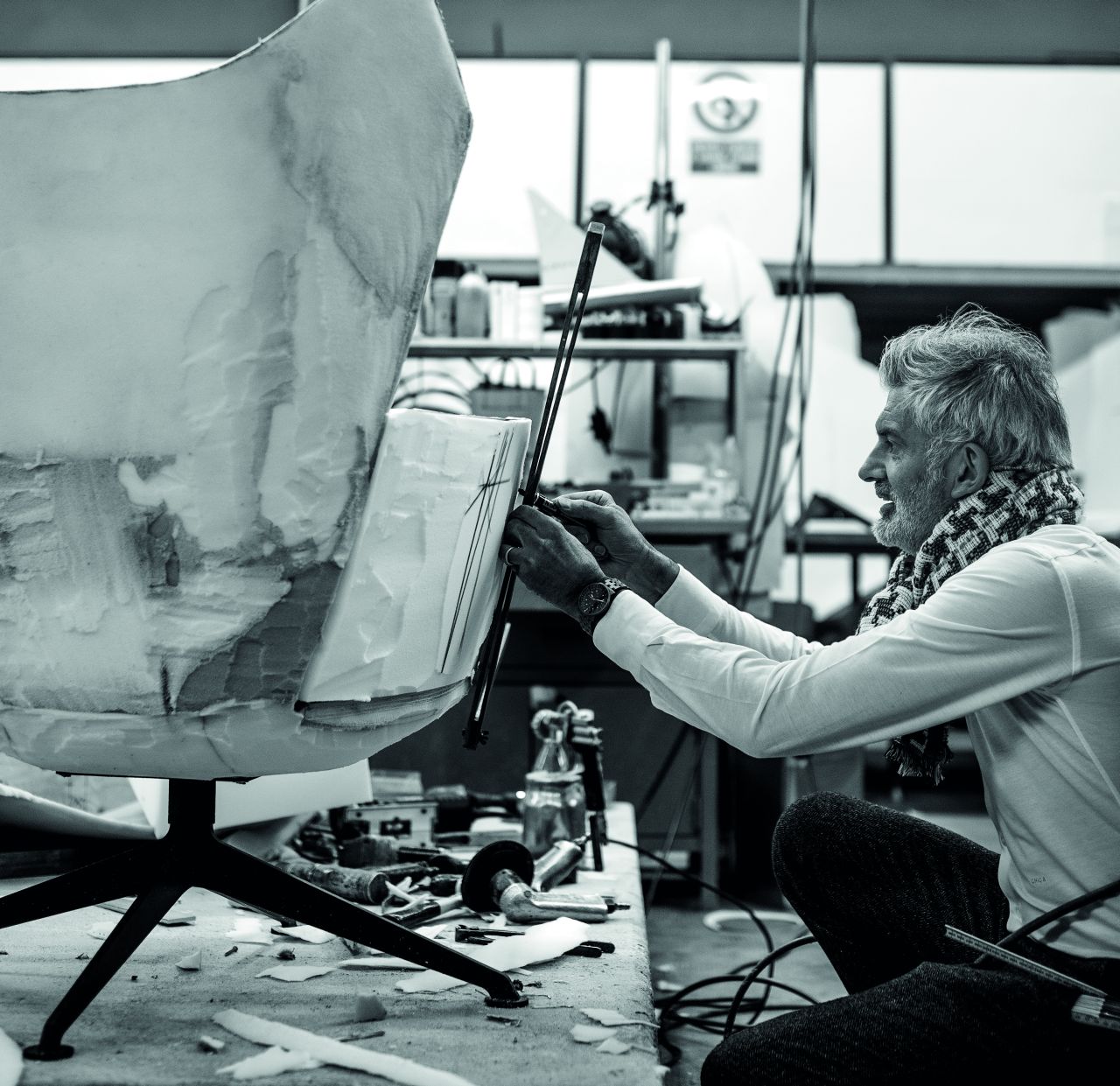
Patrizia says that Italy was a forge where fire and passion forged the new generation during the sixties. This spectacle was different from Germany, France, or elsewhere in Europe because Italy saw a rise of close-knit family companies that did not fear experimental projects and the possibilities of such ventures. Like Italian companies of the time, the design was also very radical and interesting. Italian design also managed to get a global foothold due to the positivity of the world at the moment and the desire to change the world for the better.
When Patrizia began working in the ‘80s, many companies had found their signature style and were well established. But for Moroso, it was a time of growth and creating new ideas. She found inspiration in the history of the country and the Italian culture of close-knit relations, which further strengthened her approach to design and designers.
Also Read: We Don’t Follow Evolution of Design Trends, We Anticipate Them – Andrea Lupi
Translation of Personality Through Materials
Reminiscing her early childhood, Patrizia tells that her playground was under the table her mother sewed fabrics on for the sofas and armchairs. To keep the little, curious girl from interrupting her work, her mother would give her pieces of fabric. This fueled the desire to experiment with fabrics: then for toys, now for her brand’s projects. Her fascination with fabric, particularly felt, is due to the material’s ability to give volume to a product that is unlike any other. She believes felt fabric lends a personality to the volume of an object and gives it an easy way to understand.
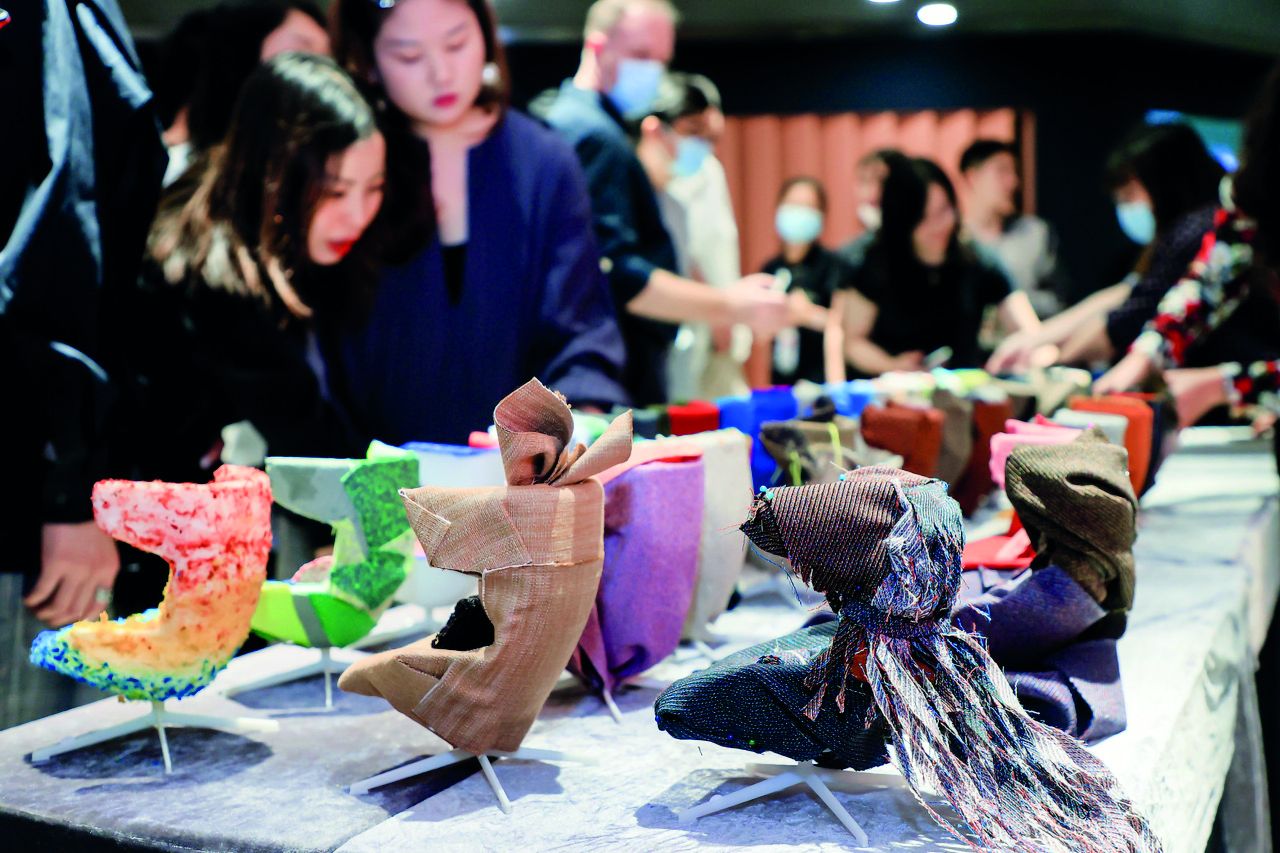
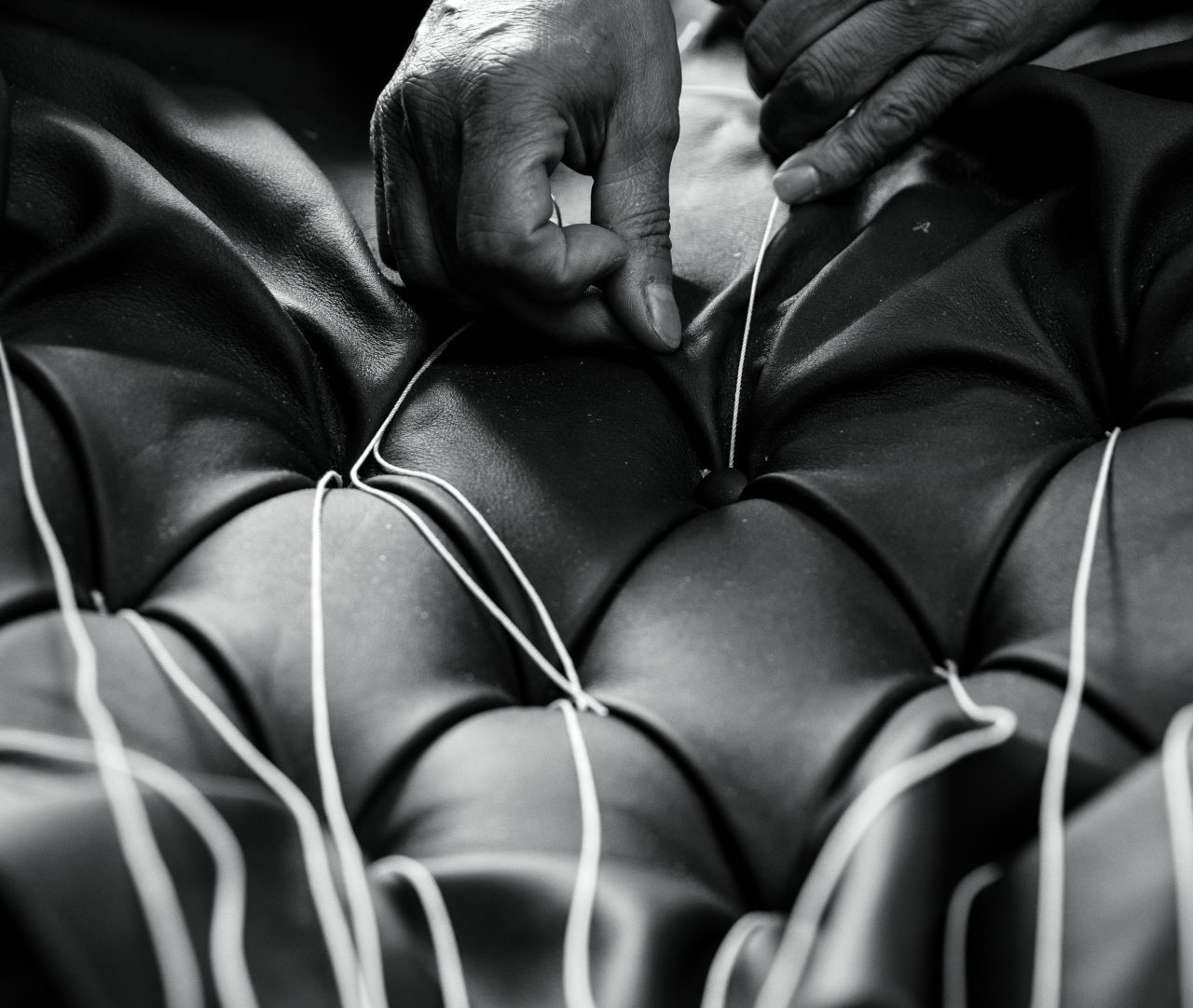
She says that any project has a reason to be done and has a soul, a personality. This personality of the object must be conveyed through the perfect surface and the perfect fabric. Patrizia remembers her first time working with Ron Arad when he was only making metal sculptures. It was a unique and exciting challenge to translate the personality of his metal sculptures into fabric.
“I realized that we needed a very strong fabric that gives the strength and the idea of strength of metal chair. I decided to look for felt because felt is very strong. It represents what maybe in another section of design could be metal. So it was good translation of his language.”
Years later, she again collaborated with Massimo Iosa Ghini on a project that revolved around the history of design, especially looking to the French objects of the 19th century. This time around, she sought velvet to translate that language and bit of history into the project.
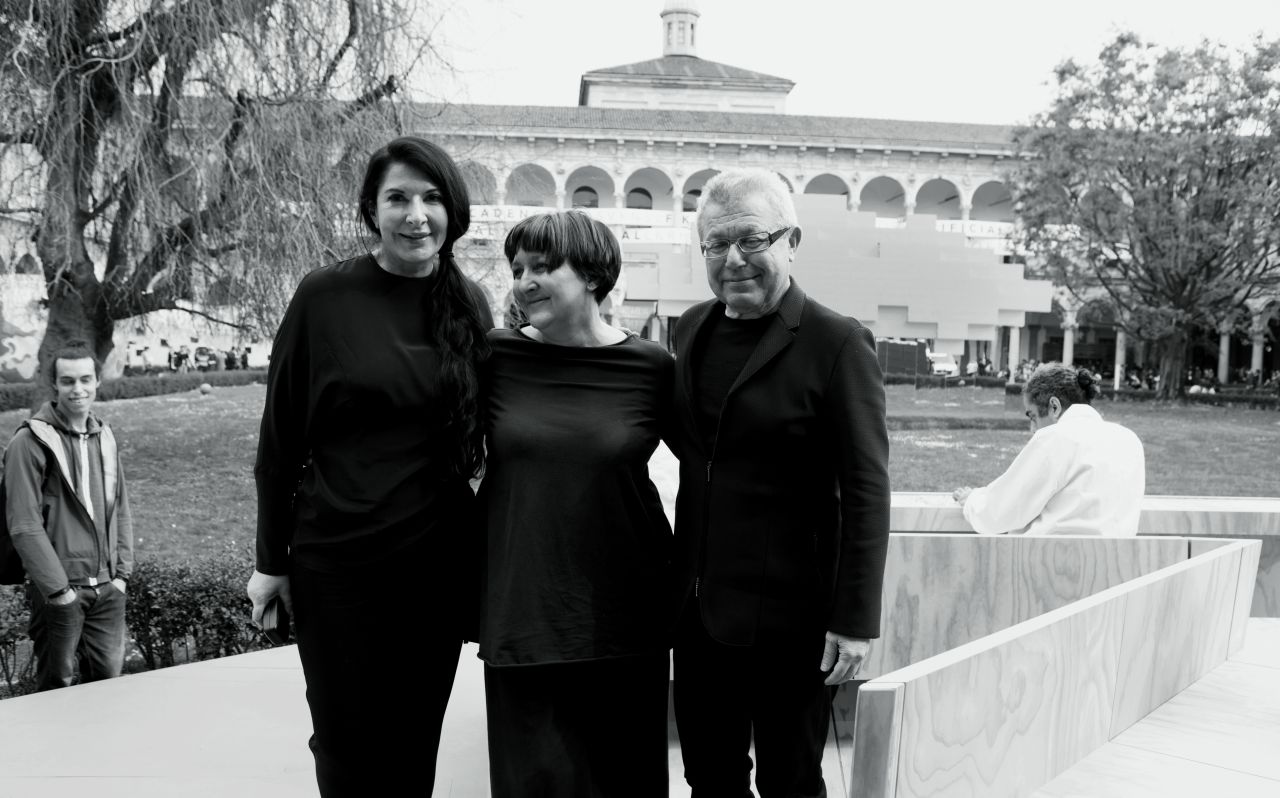
Moroso and Sustainability
Sustainability in furniture design has been a leading trend since the past few decades. Designers and brands are becoming conscious of the materials they use and how it affects the life cycle of a product, especially at the end of its life.
When asked about Moroso’s sustainability course, Patrizia says that while sustainability is very important, there is still a very big bottleneck in the furniture industry in the form of polyurethane foam in upholstery. There is no other material to replace polyurethane in upholstery yet, she says. However, Moroso works on sustainability on other fronts, such as by using recycled and recyclable materials to ensure a circular economy.
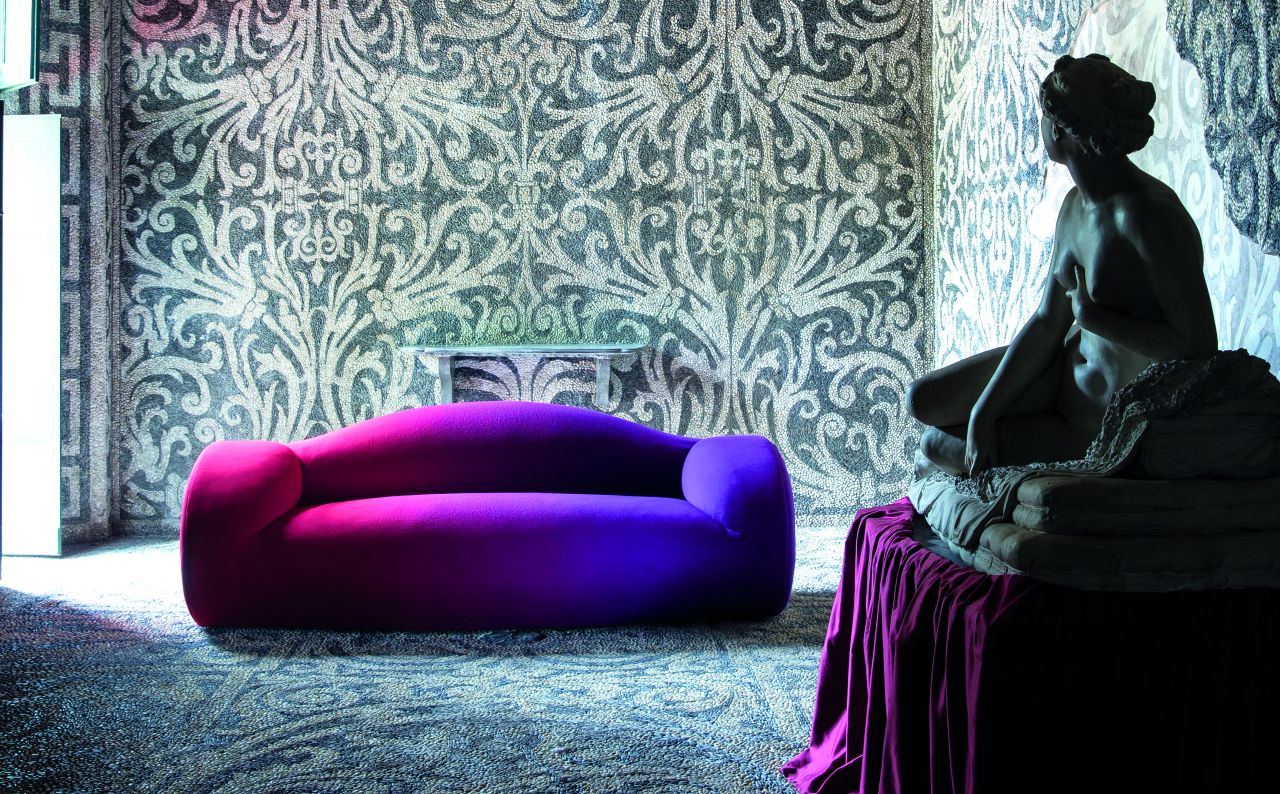
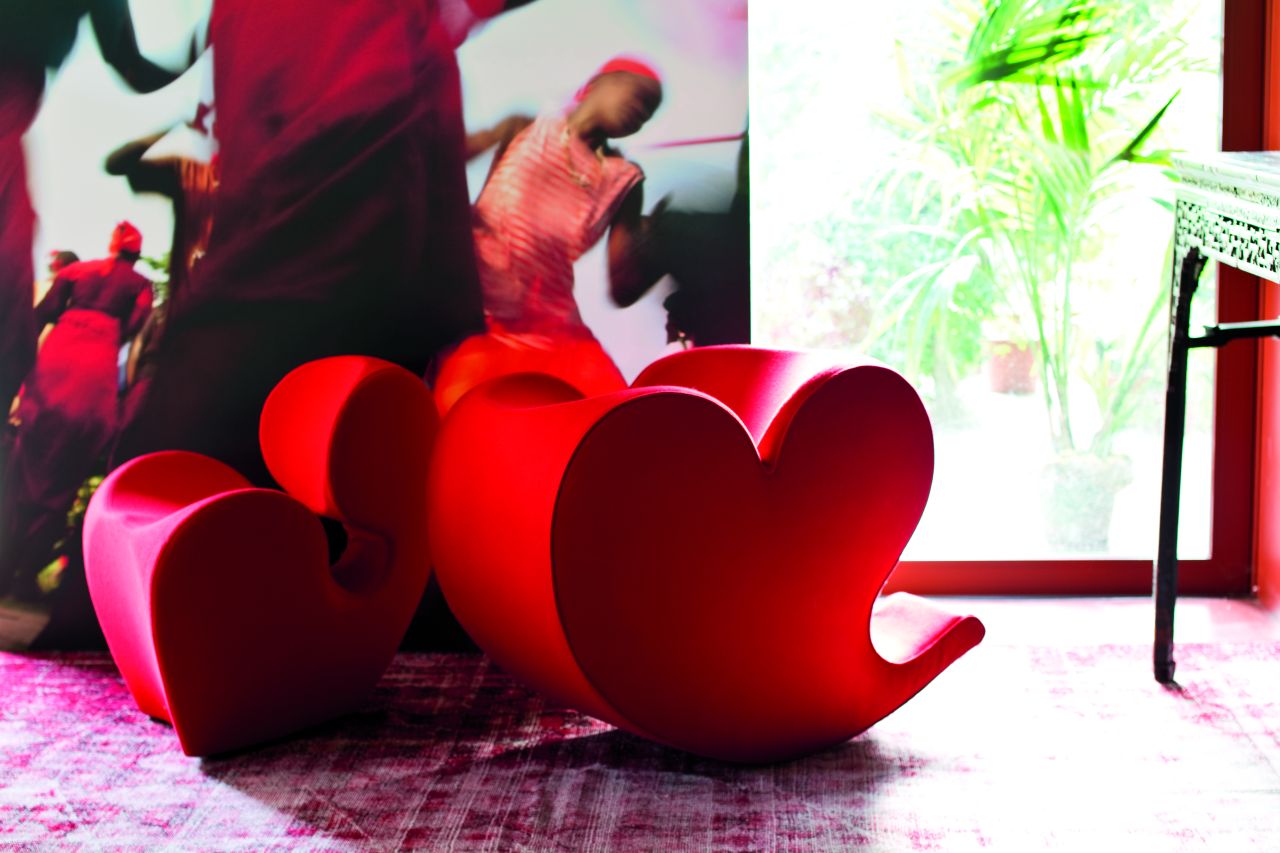
The brand’s sustainability goal is further enhanced by the longevity of a product. By making long-lasting things, the brand works towards reducing consumer waste. Patrizia shares an anecdote about the durability of Moroso products. “Sometimes it’s funny, but people come here knocking at the door and say ‘We bought a sofa in the 60s, but it’s almost new. We don’t want to put it away. Can we have a new cover set?’ And it is amazing.”
Moroso is steadily working toward finding a material that could potentially replace foam in its designs in the future. Until then, the brand is making objects with good materials to give them a long and sustainable life.
A World of Friends and Collaborators
Patrizia has been working with designers closely from the beginning of her career. Her work includes collaborations with renowned names like Giulio Cappellini and Patricia Urquiola. Among her favorite brands to work with are Stockholm-based Front, carpet makers CC-Tapis, and Danish fabrics brand Kvadrat.
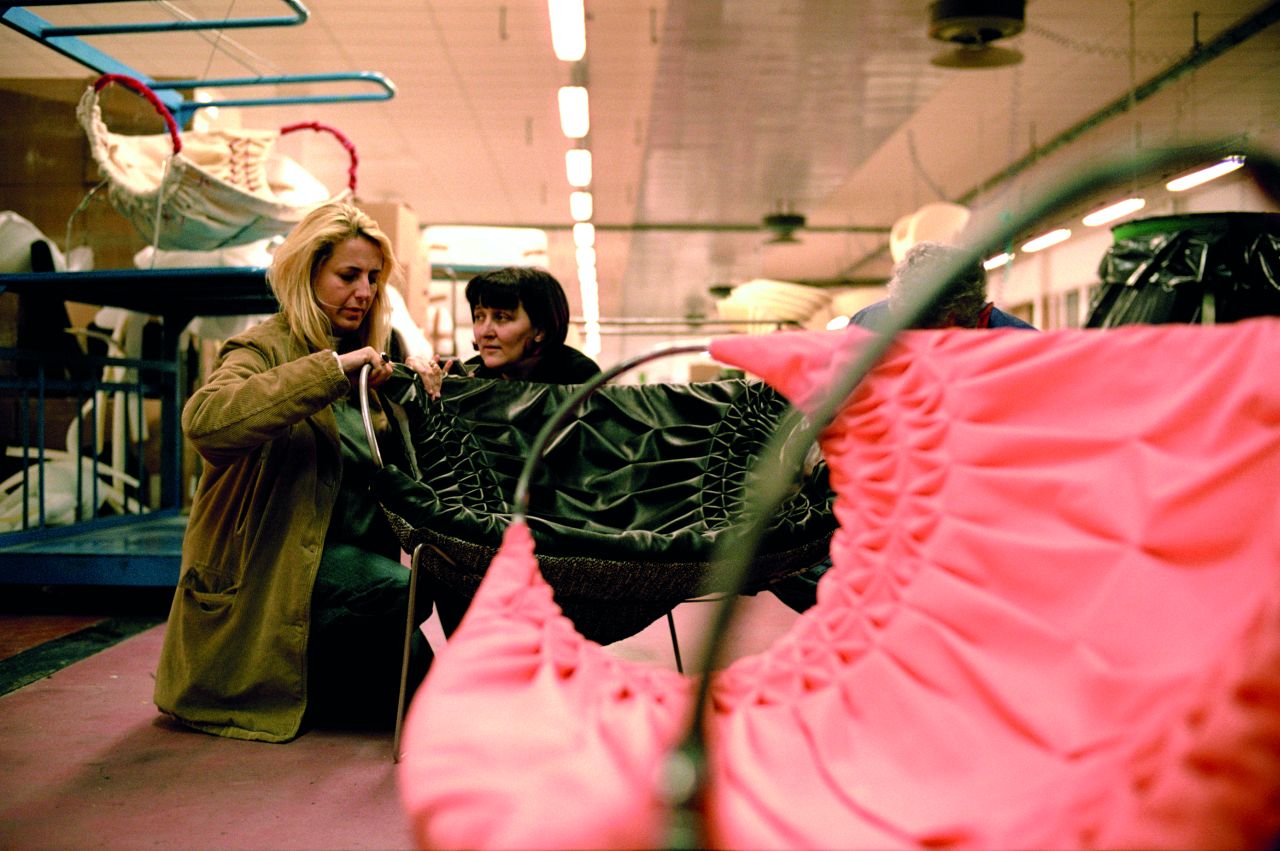
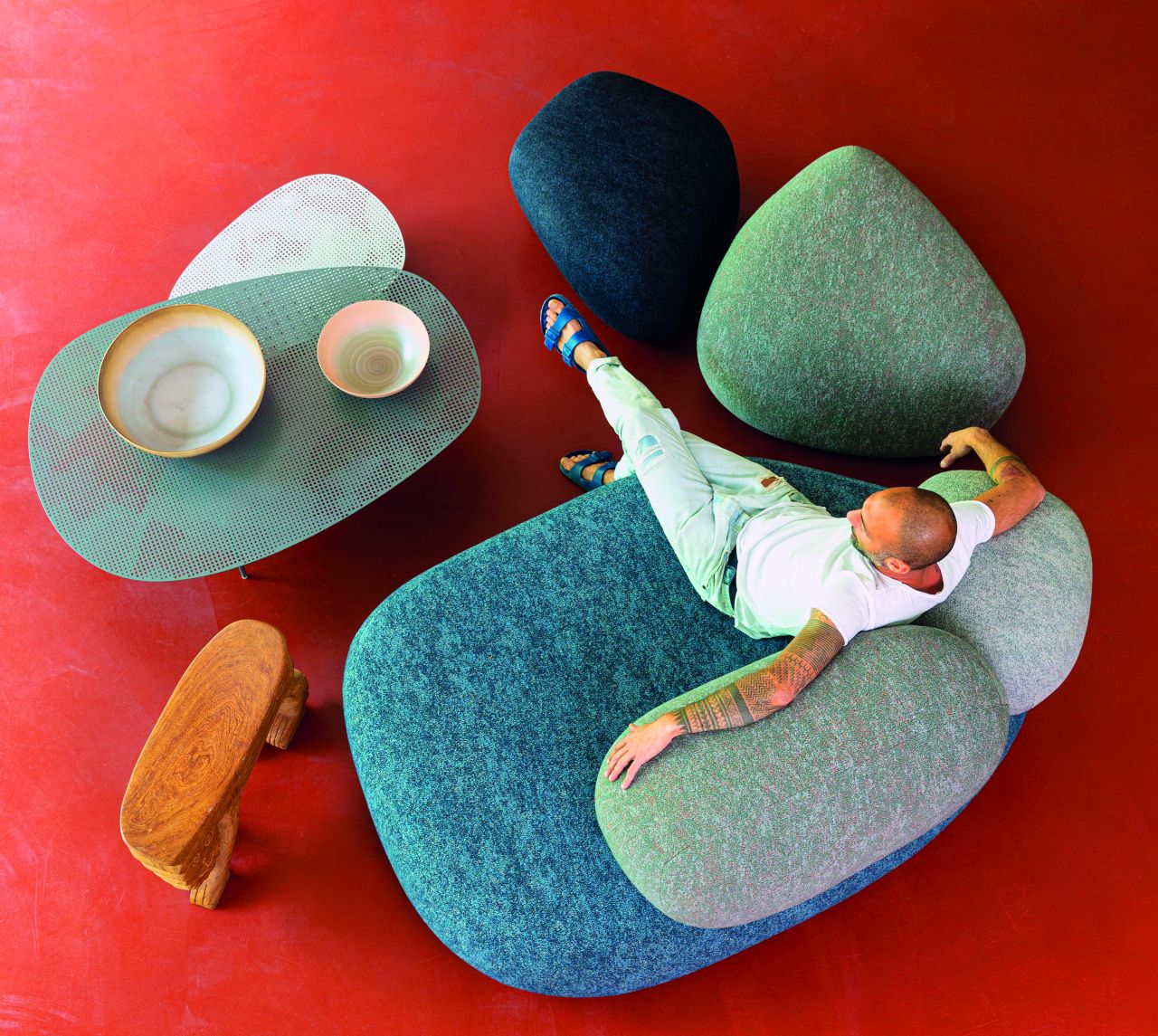
“Just to say that these people around me always are not only professionals or people to work with, but those I share a friendship with because when you love the same things, when you work with in common, of course in the end you’re friend with. In the design world, you have friends because we are sharing something that is not just a profession, but it’s a passion, it’s a collaboration. You always have to collaborate with other companies.”
Patrizia Moroso sees her work with a wonder-eyed enthusiasm rarely witnessed in the modern world. She approaches each project as her next masterpiece. In the tapestry of her art world, she curates each product with meticulous detail and the soul of an artist, giving a meaningful, timeless piece to the portfolio of Moroso. Her sense of wonder and family feeling toward the people she works with has strengthened Moroso’s presence on the world map.
We thank Patrizia and her team for taking the time for this delightful conversation.
Follow Homecrux on Google News!
